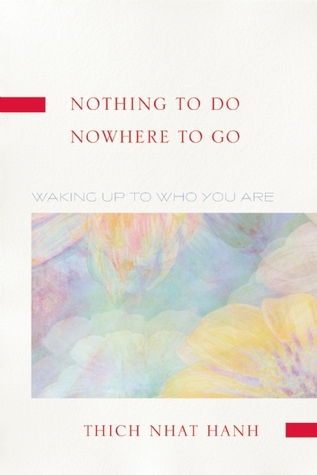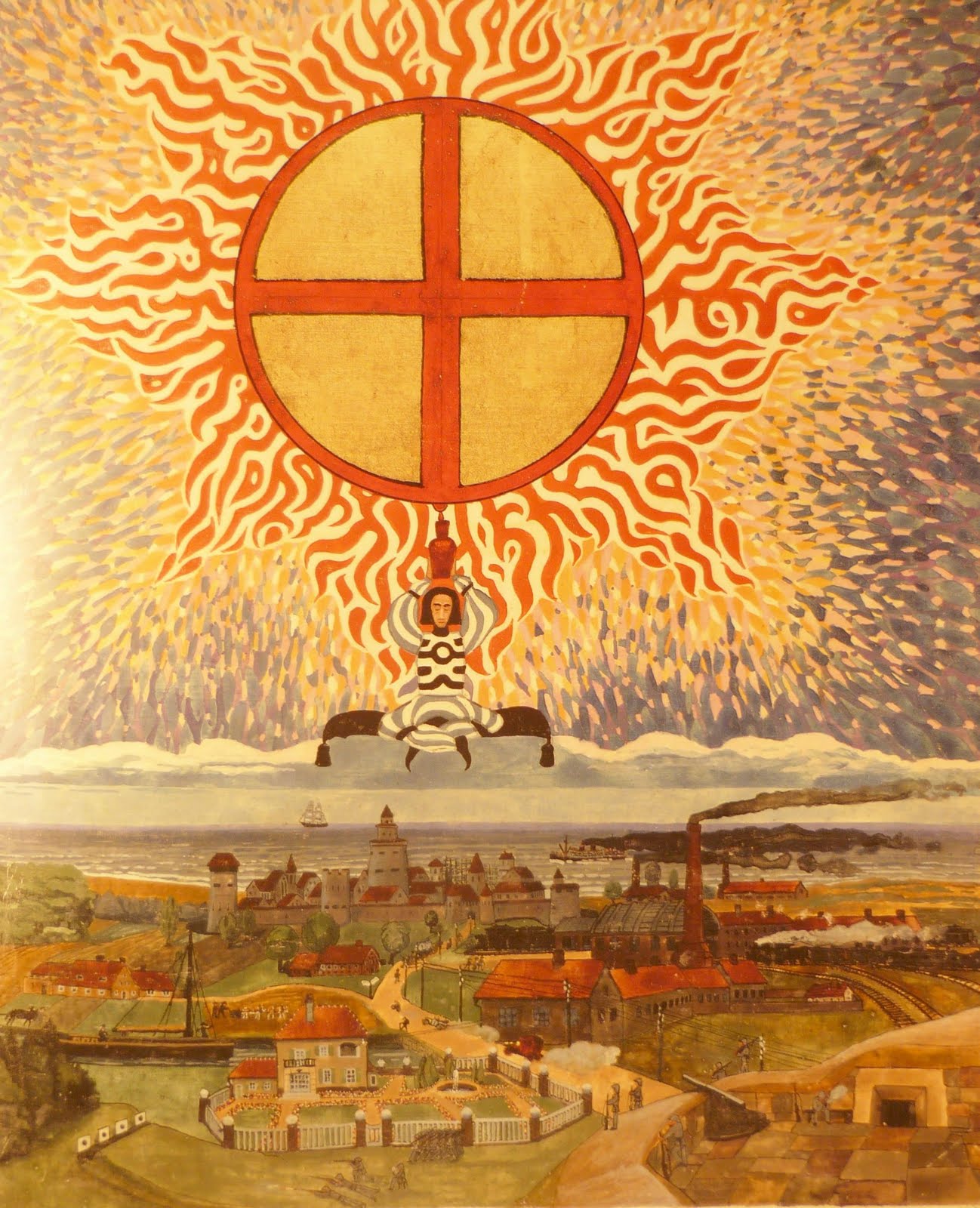
Beck
Colors
Colors sounds like someone tossed a bunch of riffs from the 80s, 90s, and 2000s into a blender and hit puree. Now, if you don’t know what you’re doing, and you throw a bunch of random shit into a Vitamix, you’re probably going to end up with a sludge that tastes like weeds. But Beck knows exactly what he’s doing. He’s not just some dude with a man bun working at the new vegan juicery. He’s been blending styles together for twenty-five years. He’s an expert at this. He can make a tasty sonic smoothie out of anything you give him. And on Colors, you can’t help but marvel at some of the concoctions he’s serving up. But there’s also something kind of awkward about a guy who’s approaching 50 making smoothies at the mall when he could just as easily be chefing a five star restaurant. And honestly, every time I put on Colors, I just can’t shake the feeling that I’m standing in line at Forever 21 drinking an Orange Julius.
(Dear Life—an obvious nod to Lady Maddona-era Beatles)

Thich Nhat Hanh
Nothing to Do, Nowhere to Go
There’s a J.D. Salinger story where a young kid is out on the street playing marbles with his friends and his brother Seymour comes along and says “Could you try not aiming so much? If you hit his marble when you aim, it'll just be luck.” And the kid says “How could it be luck if i’m aiming?” And Seymour says “Because it would be. You'll be glad if you hit his marble, won't you? Won't you be glad? And if you're glad when you hit somebody's marble, then you sort of secretly didn't expect to do it. So there'd have to be some luck in it. Actually there'd have to be quite a lot of luck in it."
Nothing to Do, Nowhere to Go is Thich Nhat Hanh’s translation of The Record of Master Linji, a monk from the 800s, who dropped out of traditional Buddhism to practice Zen: “As I see it, there isn’t much to do. Just be ordinary—put on your robes, eat your food, and pass the time doing nothing.” His message was simple: You’re not going to find enlightenment in scriptures or sutras or dharma talks. Stop seeking and just come back to the present moment. In other words, ‘Could you try not aiming so much?’
If I could only recommend one book on buddhism, zen, and all of this mindfulness nonsense, this would be it—a book that constantly reminds you that you can’t find what you’re looking for in a book.

Carl Jung
The Collected Works
I’ve started digging into Jung for a couple of reasons: I’m working on a project called the Hyper Sutra that deals with opposites and transcendence, and there’s just no way of tackling any of that without coming face to face with the force that is Carl Jung. But I also want to get a better handle on Jordan B. Peterson—the intellectual rockstar who’s been flooding the interwebs lately with his own mashup of Jungian psychology.
If you want to understand an artist, you have to dig into the art that inspired them. It took me years to figure this out with Marshall McLuhan—if you want to understand ’The medium is the message’, go read Harold Innis and Eric Havelock. If you want to hear the Beatles, listen to Elvis and Chuck Berry. If you want to understand what Kanye was trying to do to hip hop, go back and listen to Portishead. Heavy Metal is largely a cautionary tale of what happens when you don’t take this advice. Back in the 80’s, kids who had never heard of Muddy Waters tried to imitate Led Zeppelin, and we ended up with grown men in crotchless glitter pants screaming about pussy and Dungeons and Dragons.
All of Jung's writing has been translated into English as an encyclopedia sized stack of books called The Collected Works. Each volume contains a handful of essays, letters, and lectures. As I finish each one, I'll add them to the wiki for anyone who wants to follow along. I’ve also added a page for Maps of Meaning … which I'm realizing was essentially a young Jordan B. Peterson riffing on Jung.
Older Posts
